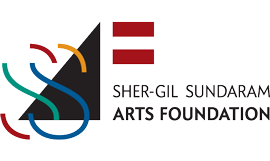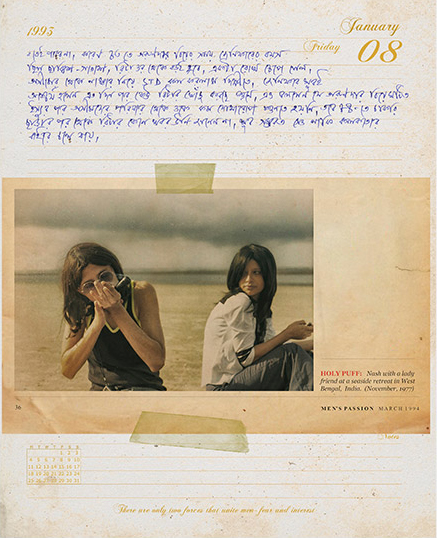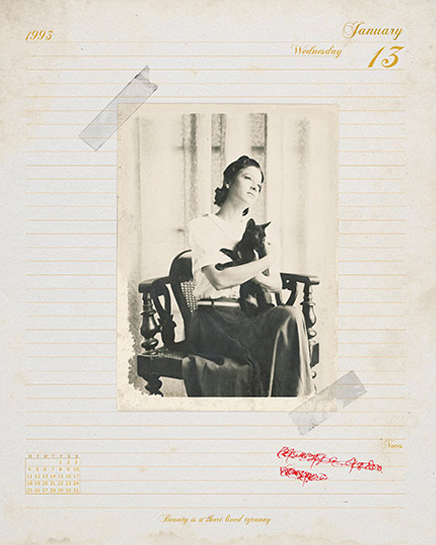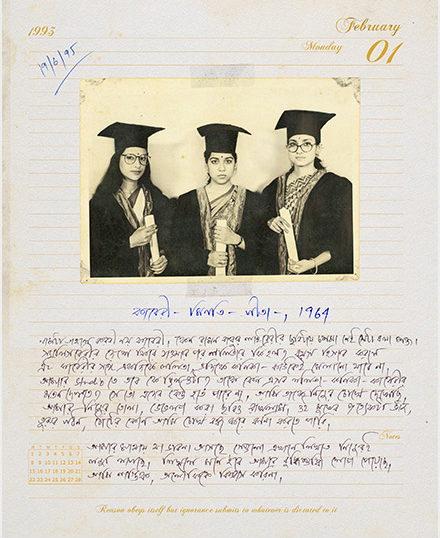Grant Recipient
SHAN BHATTACHARYA
Title of the Project
PORTAL: THE CURIOUS ACCOUNT OF ACHINTYA BOSE
Artist Statement
Portal: The Curious Account of Achintya Bose is a novella that presents the personal diary of the eponymous character, the owner of a small photographic studio in North Calcutta, India, written sporadically between 1994 and 1996, before his sudden, unexplained disappearance. The diary contains his collection of photographic prints, letters, torn pages from books, newspaper and magazine cuttings, declassified police records, polaroids, contact sheets, advertising leaflets, etc., that he has obtained from different sources. Through all of these documents that span the twentieth century, he attempts to trace information and photographic ‘evidence’ of a character he had met earlier in his studio, the elusive object of his interest, a woman who seemingly does not age.
The content of this collection gives a nod to often trivial elements taken from the history of vernacular photography and local publications from this region, with information about society, popular culture, politics, fashion and other iconography. It also poses the fundamental question about whether ‘identity’ can successfully be ascertained purely based on facial recognition. The story, in which the point of view is that of an obsessed and unreliable narrator, is a traditional metafiction, and it has taken inspiration from genre fiction such as the detective thriller and historical drama. The project, in its completed form, will assume the characteristics of a hoax.
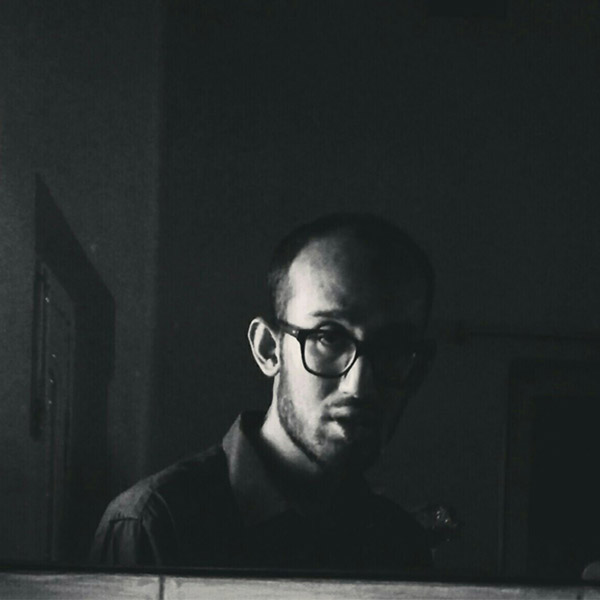
Shan Bhattacharya is a self-taught photographer based in Kolkata, India, pursuing personal photography projects and occasional advertising and promotional commissions since 2011. He studied medicine after school and now makes a living working in a medical research organization in Calcutta. Shan’s interests lie mostly in contemporary jazz music, science fiction literature and world cinema. His interest in photography stems from his late grandfather, who came to Calcutta as a refugee from Bangladesh during the Partition in 1948, got a job in Calcutta Police and bought a Kodak Brownie with his meagre salary of the first few months; and then went on to photograph his family, friends and relatives for the next thirty years.
Shan has briefly worked pro bono as the editor of the photography section in The Four Quarters Magazine, an independent art and literature quarterly published from Delhi. His previous bodies of work include Blow (2012) and Hiraeth (2013–15). In 2016, he collaborated with the Calcutta-based avant-garde jazz band, The Bodhisattwa Trio, to produce a small book of abstract photographs as a visual accompaniment to their last concept album, Heart of Darkness.
He has had an exhibition titled Zeitgeist at Gallery Gold, Kolkata in 2013, and his works have been published in various publications including Tonelit Magazine, May 2013; Kindle Magazine, October 2013; Fluster Magazine, February 2014; a Curator Magazine, January 2015; and Mint Lounge, February 2016.
shanbhattacharya.weebly.com
Jury
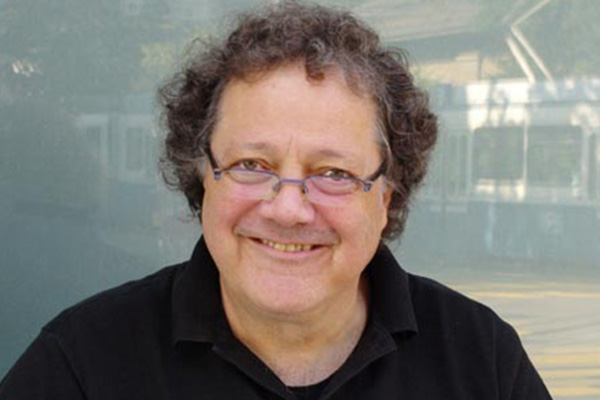
Urs Stahel is an independent curator, writer, lecturer and consultant based in Zurich, Switzerland. A co-founder of Fotomuseum Winterthur, he was its Director and Curator from 1993 to 2013. Since 2013, he is Curator of MAST (Manufattura di Arti, Seperimentazione e Tecnologia) in Bologna, and a consultant of the MAST collection of industrial photography. He is a lecturer at the Art Academy in Zurich in the autumn of 2015, and a guest professor at the University of Zurich.
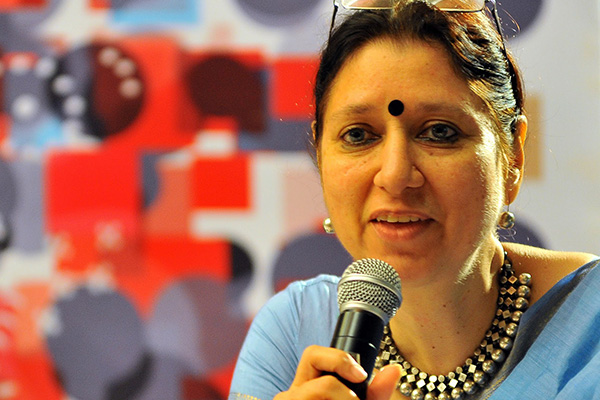
Jeroo Mulla was the Head of the Social Communications Media Department at Sophia Polytechnic, Mumbai, from 1986 to 2012. She taught Film and Photography, and supervised student documentaries at Sophia Polytechnic for over thirty years, and continues to teach there as visiting faculty. She has also been visiting faculty at several other institutions including St. Xavier’s College and St. Xavier’s Institute of Communications, Mumbai and Symbiosis Institute of Communications, Pune.
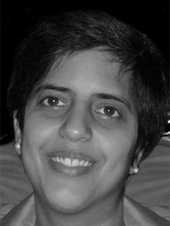
Devika Daulet-Singh established PHOTOINK in 2001 as a photo agency and publication design studio, based in New Delhi. In 2008 Photoink expanded into a gallery to exhibit contemporary Indian and international photographers. Her engagement with the world of photography has been as an editor, curator and publisher of photo books.
The Jury Chair was supported by Pro Helvetia – SWISS ARTS COUNCIL
Announcement of Grantee: 9 December 2015
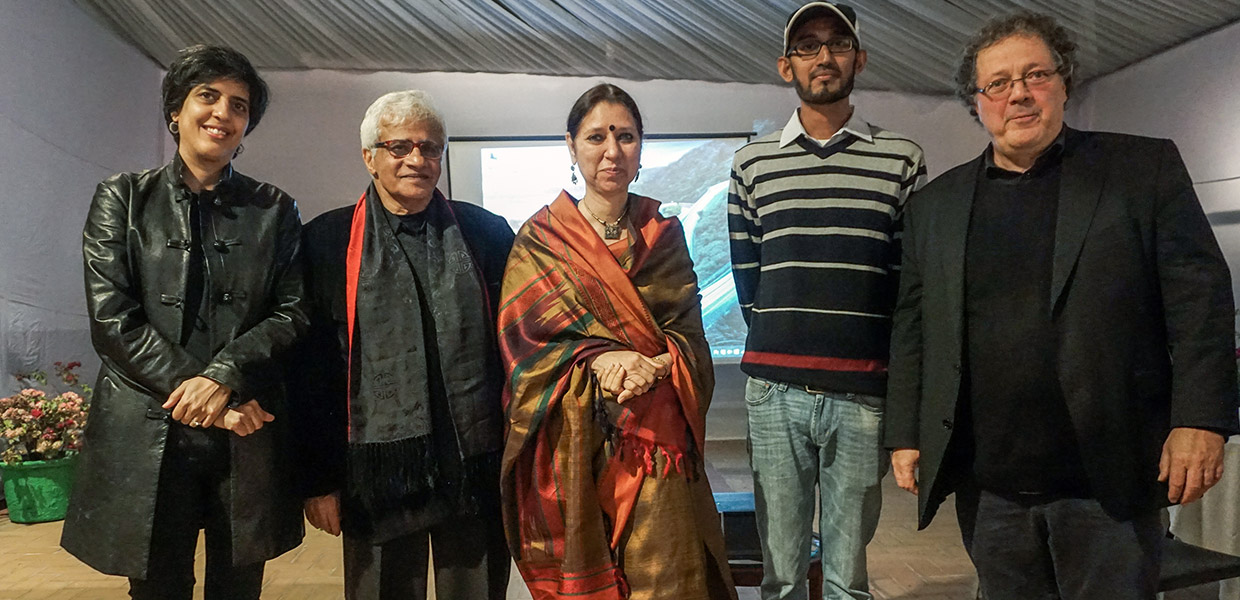
STATEMENT BY URS STAHEL ON BEHALF OF THE JURY MEMBERS
It is a great honour for me to announce the first winner of the Umrao Singh Sher-Gil Grant for Photography. And I am very happy to have been invited to chair the jury for the first grant. Let me start with a few general words on photography.
We all know how new conflicts are usually announced in the newspapers: big black headlines and underneath a photograph or two that show wild gestures, weapons and armies on both sides. But imagine a smart picture editor would have displayed instead of this direct, simple representation of the swelling conflict a photo that is cut diagonally. The two halves are pulled apart in the height and side. What is photographed might be a tree, a wall, even a piece of paper, perhaps a contract, now cut apart – that is, separated, what was once a unity. I swear to you, it would be the more impressive, better readable illustration of this new conflict of a once united nation. And maybe it would become an art piece.
Imagine a second image: one that Umrao Singh Sher-Gil has made of his famous daughter standing in front of a mirror. She looks at the photographer and therefore also at us as spectators. But because she is leaning towards the mirror, we can see also the back of her head, the back of her hair. That means the photograph is showing us two images in one. One from the front and one from the back, seamless, glued together.
Both examples show us in different ways how photography can do far more than simply look straightforward out on to the world and push the button, as Kodak put it so successfully in the late nineteenth century; that the image can show different realities, the world outside, inside, mediatized, also a symbolical representation, a staging of the world, multifaceted, multiple worlds or an abstraction of it; that it also shows not just the image, but also the picture materialized on paper.
The paper on which the image has been printed carries a meaning, as we just imagined in the sharp cut of a paper into two halves, a meaning that can add to or counteract the photographed image. Lucio Fontana, the Italian artist, exercised this perfectly with his cut canvases in the 1960s.
We’ve actually known this for long. The so-called pictorialism of the late nineteenth century understood photography in a broader sense. Because these photographers wanted to be accepted as artists, they copied impressionism, fauvism and symbolism. They staged photographs, choreographed scenes like Umrao Singh Sher-Gil did, and printed them using very refined techniques, in bromoil, carbon, gum bichromate, or they made wonderful cyanotypes. We might not like how they copied the painting styles of those times, but we can still learn a lot from their understanding of the image as a complex object of meanings. Only in postmodern times we started to take this time-period more seriously. Photographic modernism was so strict in its methodology: the view of the photographer had to be straight, the print had to be done simply, not adding much in the dark chamber. The term ‘Straight Photography’ made this clear and ideologically firm for many decades.
Therefore, it is a fantastic idea for the founders of the Sher-Gil Sundaram Arts Foundation to initiate a grant for the staged and the constructed image. Indian photography has been caught for decades in a kind of Henri Cartier-Bresson-style modernism. I very much hope that this grant will have an influence on the way Indian photography will develop in the coming future.
The jury sat together for three days and we looked at 62 proposals and decided the following:
Siya Singh with her work, The Dog Show Project, is at third place.
Soumya Sankar Bose is at second place for the project Jatra, his series of staged portraits of retired theatre artists.
And the first place goes to ………….. I am sorry, I will stop here because I want you to first hear what the photographer proposed himself:
“My ongoing project, Portal, constructs dated photographs held together by a fictional narrative in the form of a diary. This collection of ‘fake’ documents are comprised of old prints, negatives, Polaroid, plates, contact sheets, magazine and newspaper cuttings, old letters, advertising leaflets – all created by me. The narration is by a fictional character, the owner of a fictional photography studio in Calcutta, as he pursues a curious case and becomes the collector of these images and documents. Through these, he attempts to trace photographic evidences of an apparently ageless character he encounters in his studio in the year 1994. This is a work that takes elements from storytelling genres like detective thriller and supernatural fiction as our (sometimes unreliable) narrator continues his search of the elusive object of his interest, a woman who does not age.
The photographs themselves range from early twentieth century and I am trying to implement exact formats, techniques and equipment available in each era to create photos from that respective point in time. Through this, I attempt to take a brief look at the history of vernacular photography in this region, information about society, popular culture, fashion and other iconography. The project in its completed form will have a considerable amount of text-based material in the form of diary pages, letters, official documents etc. I want to present the completed project in such a way as if this is some sort of a hoax and I, the author, am only presenting someone else’s collection of photographic ‘evidence’.”
The project and the photographs he submitted – precisely written and photographed letters, staged early photographs, staged and re-enacted publicity photographs and so-called private SX-70-Snaps – convinced the jury. We decided unanimously that this work should get the first grant of the Umrao Singh Sher-Gil Grant for Photography.
